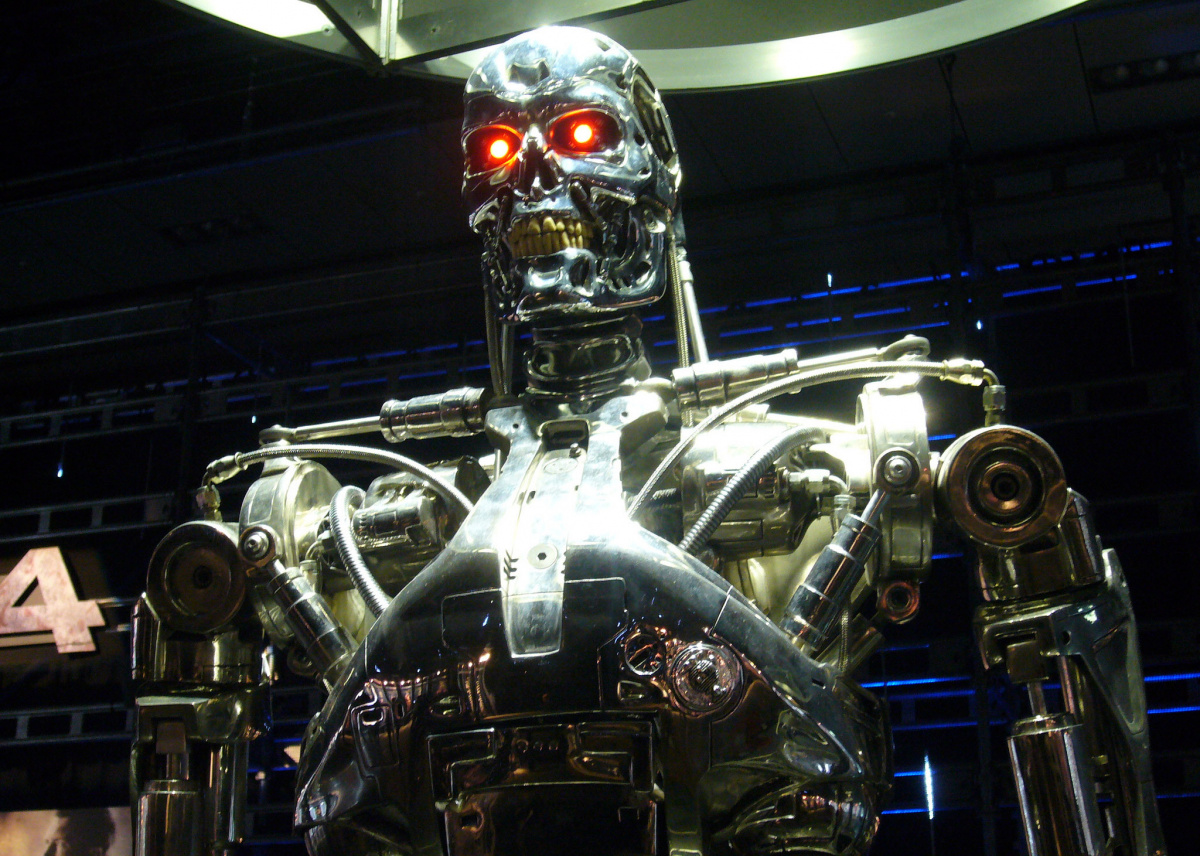Article from time.com. But the SCMP link has a video of the actual dental implant procedure.
A Chinese Robot Has Performed the World's First Automated Dental Implant
Robots could soon be operating on you by themselves at the dentist clinic.
In China, a robot dentist installed two dental implants for a woman last Saturday, in what could be the world's first fully automated dental implant surgery, the South China Morning Post. Human doctors supervised the whole procedure but did not actively intervene. The surgery, which took place in the city of Xi'an, was first reported by the state-run Science and Technology Daily.
Read more
Last edited:

